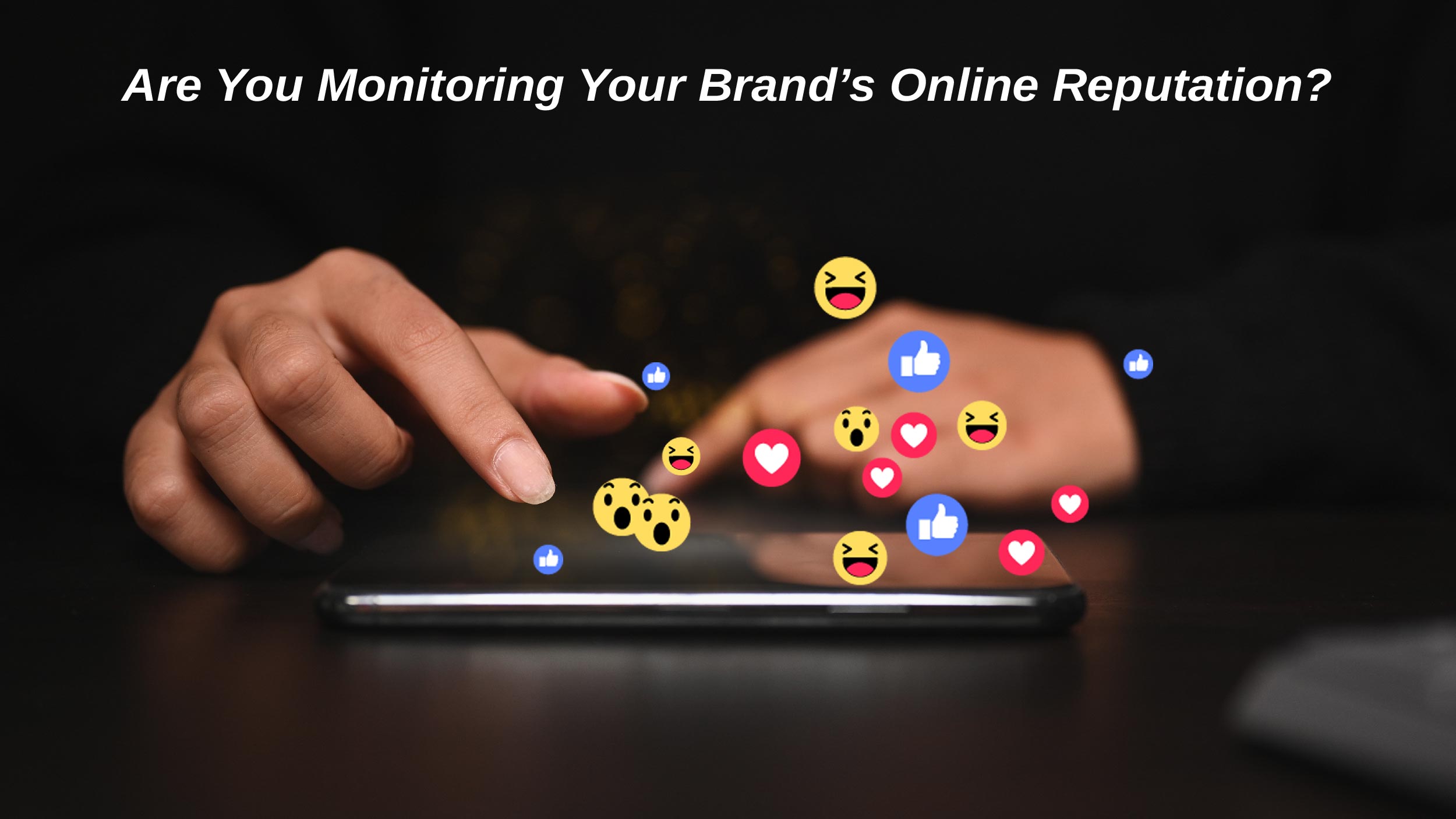With everything being published online, social media has taken over and is keeping people linked. Companies today need to carefully negotiate this digital landscape to create an online presence that appeals to their target market and reflects their values.
Since 4.95 billion individuals routinely use social media, it is more important than ever for consumers to exercise caution while sharing anything online. Social media reputation management is essential since it involves taking control of your online presence to make sure it accurately and favorably represents your company. A single unfavorable comment or viral post has the potential to permanently harm a brand’s reputation.
Social media reputation management offers you the chance to show the world who you are, rather than just shielding yourself from possible harm.
What is Social Media Reputation Management?
Social media reputation management is the process of maintaining tabs on and controlling user-generated content on social media sites to shape the public’s opinion of a company or brand. It entails several techniques and approaches meant to increase reputation, increase brand awareness, and interact with customers on social media platforms.
This type of management used to be primarily about providing thoughtful content, keeping an eye on social media platforms like Facebook, Twitter, Instagram, and others, and interacting with customers who were talking about the company or brand. However, in recent years, it has grown as a result of the growing prominence of directories, local listings, review sites, and company discovery apps.
While many brands manage their social media reputations with an in-house team, the majority prefer to use social media reputation management tools like EmbedSocial, Locobuzz, brand24, etc., which allow them to work efficiently and automatically, resulting in quick and elegant returns.
Are You Monitoring Your Brand’s Online Reputation?

Nowadays, customers heavily rely on third-party ratings and reviews. According to Sprout Social’s statistics, it was discovered that, on average, an ideal customer reviews at least 10 positive ratings before choosing a business.
Social media reputation management can be effectively integrated into business strategy to monitor the brand’s reputation and tailor strategies to strengthen your brand’s position in the market.
In today’s ever-changing world, everything about a company, both positive and negative, is out in the public. This plays a major role in the purchasing power of your customers.
Like it or not, your customers talk. Quite a lot. Hence, there is plenty of room for your customers to promote your product through digital word of mouth, assuming the product or service is satisfactory to them. If not, it could cause your business some serious problems.
This is because customers hold the steering wheel of your online reputation. This is perhaps the most challenging part of the business. The best part about social media is that it is unfiltered and real, making it a great space to voice your opinion, give feedback, and discover novel products without any marketing influence.
Also Read: How to Optimize Your CMS Mobile App for Maximum Performance
3 Outstanding Social Media Reputation Management Strategies
Determine what your current reputation is
Understanding your current position in the digital world is the first step in managing your online reputation.
Perform intensive research on your brand—where do you stand among your competitors? How is your audience feeling about your offer, brand, or products? Is the content on your social media accounts laser-focused on gaining attraction, lead generation, and sales, or are you posting irrelevant content? What are the feelings associated with your brand—are they positive or negative?
Knowing where you currently stand is critical to developing strategies on how to move ahead.
Keep a note of the following while researching:
- Examine all social media mentions of your and your competitor’s brands.
- Examine third-party reviews of your brands on sites such as Capterra, Quora, and G2, and
- Keep an eye out for all the manually submitted feedback from surveys and forms from your ideal customers.
Once all the necessary data is gathered, the next step is to analyze it.
Build A Solid Social Listening Strategy
This is the crucial step, as just assessing the data will not help you improve your brand any further. Instead, you should monitor and manage your social media platforms closely and continuously; this is where having a solid social media listening strategy helps.
A social media listening strategy assists in helping your brand or company know your customers better, analyze competitors and the niche you are in, and give ideas on how to improve customer service and support.
You can easily achieve this using social media listening tools like Brandmentions to track mentions, tags, keywords, hashtags, and so on.
Channelize Positive Actions
With the first two bigger challenges taken care of, the last step in unleashing your business’s potential is to implement actions and respond to audiences.
Given below are some crucial tips to note when responding to your ideal audiences:
- Nobody wants to talk to a bot. Personalize and reply to your customers; avoid making generic comments.
- Always express gratitude to your customers for dropping a comment or message.
- Maintain a professional tone when responding to a comment or creating new content.
- Reply positively, even to a negative comment; don’t try to be defensive and direct.
- Give your customers a stage to reach out to you (it could be through a mailer or a direct message).
- Don’t ignore or delete negative comments; acknowledge them and try to solve their issues or challenges.
- Post relevant, high-quality, visually appealing content, and try to engage your audience.
Exclusive Inside Tips
We know that running a business isn’t always easy, so have a look at these insider tips on social media reputation management to take your business to the next level.
Create a positive thread around your brand.
What else could be the best way to nullify negative reviews and comments if not by replacing them with a trail of positive ones? But how can you achieve this?
There are numerous ways to make this possible, such as:
- Sharing the story of your brand (products or services) and connecting with your audiences.
- Posting success stories about how your brand solved your customers’ challenges
- Sharing reviews from employees gives a glimpse of how your workplace is.
- Having your social media reputation monitored is an excellent way to solidify your brand’s position among competitors. Especially in 2023, with the advent of new technologies and new brands coming up equipped with novel services, your brand must sustain itself in its marketplace.
Businesses can employ social reputation management software like G2, status-brew, brand24, brandmentions, etc. to ensure smooth processing. It is critical to have a strong online reputation management strategy on social media, and employing these social media reputation management software, which are user-generated content platforms with built-in social media monitoring, allows you to track, analyze, and measure your online reputation.
Every business has room for success and growth, and with effective reputation management in place, this gap between your brand and success can be bridged.

